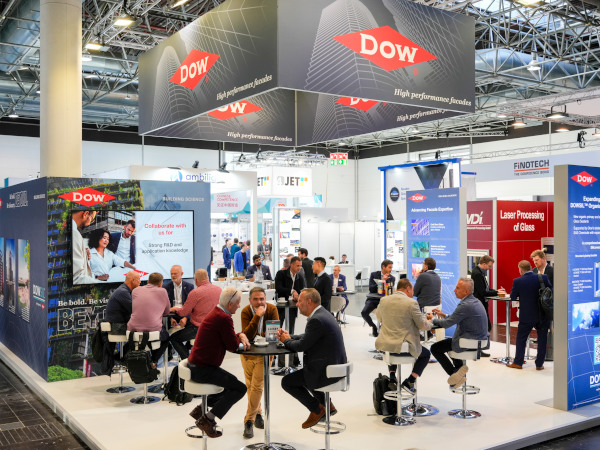Date: 13 July 2015
Topics covered there included alternatives for green certifications, window technology in Europe and the future of building products.Rich Mitchell on Alternatives for Green CertificationsOn Tuesday, June 30, Rich Mitchell from Mackenzie presented an overview of his experience as an architect with the U.S.Green Building Council (USGBC) and the Green Building Initiative rating systems.
The Green Building Initiative uses a one thousand point system for Green Globes, whereas USGBC uses 100 points for Leadership in Energy and Environmental Design (LEED®), said Mitchell. Green Globes assessors are able to use judgment in scoring.
“With LEED, the box is either checked ‘yes’ or ‘no,’” said Mitchell. “Alternately, the Green Globes assessor is coaching you to the finish line.”
The Green Building Initiative's Green Globes is going to pull more people into sustainability and encourage them to get involved, said Mitchell. Prof. Ulrich Sieberath on Window Technology in Europe
Prof. Ulrich Sieberath on Window Technology in Europe
Prof. Ulrich Sieberath of ift Rosenheim spoke to Summer Conference participants about the technical performance and sustainability of window technology in Europe. He compared past design standards with those of today and demonstrated how these changes have been for the better in terms of design and features.
For example, one product standard he cited characterized windows with 24 different features. Similar design standards of the past covered only fundamental designs, and few related characteristics, such as frame material groups instead of U-values.
Sieberath also provided examples of sustainable buildings around the world, from those in the U.S. and Canada to others in Europe and Japan. He also covered the popular topic of environmental product declarations, and how to get them for different certification systems. James Connelly on Reflections on Transparency: The Future of Building Products
James Connelly on Reflections on Transparency: The Future of Building Products
James Connelly of the International Living Future Institute spoke about the future of building products in the industry.
“The majority of energy savings in a building come from fenestration products, which is why I'm excited to talk to you,” Connelly told the crowd of residential and commercial window, door and skylight professionals.
He explained that sustainability has been all about reducing your footprint and, instead, creating handprints. “Handprints are the sum total of positive impacts we create,” said Connelly.
Connelly discussed the three ways to create handprints. Reduce your own footprint; reduce others' footprints and focus on generative actions, he stated.
AAMA’s focus on sustainability continues to drive change within the industry. The AAMA Sustainability Committee is dedicated to championing sustainability efforts and addressing green, life cycle assessment oversight and product transparency issues.
More information about AAMA and its activities can be found via the AAMA Media Relations page or on the AAMA website, www.aamanet.org.
AAMA is the source of performance standards, product certification
and educational programs for the fenestration industry.SM









Add new comment